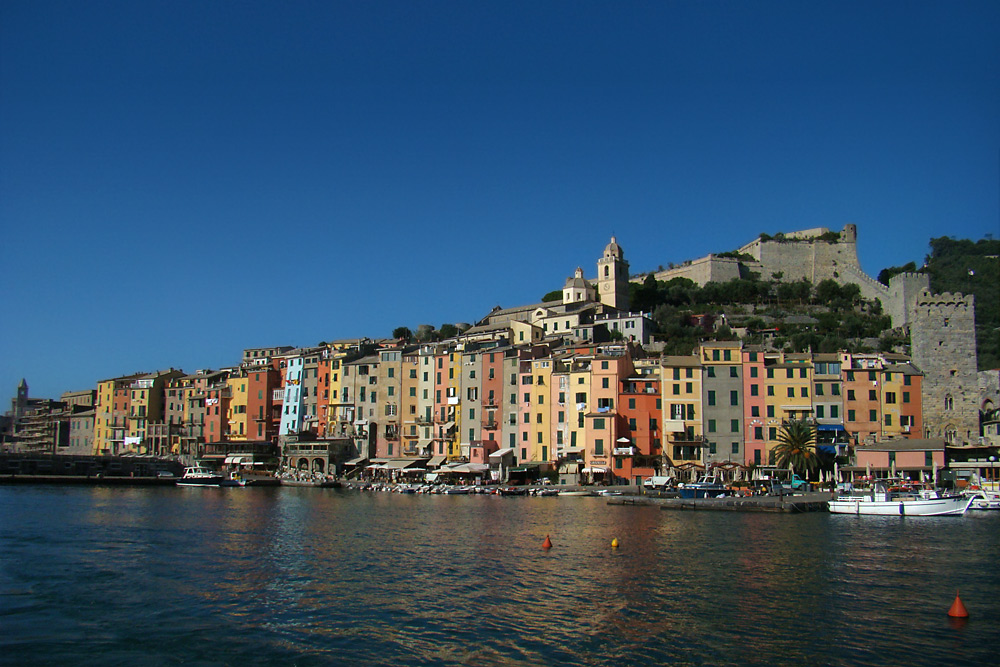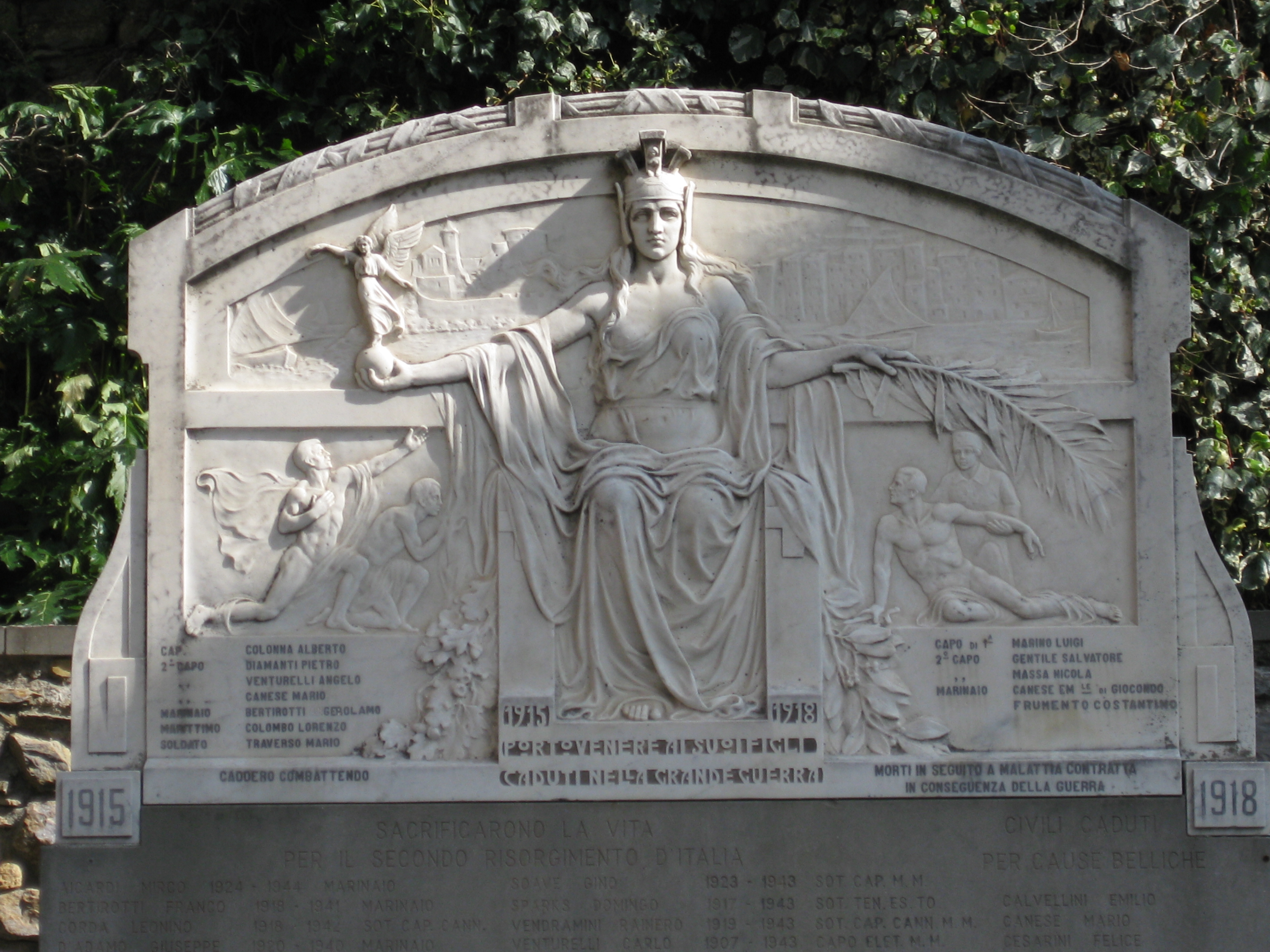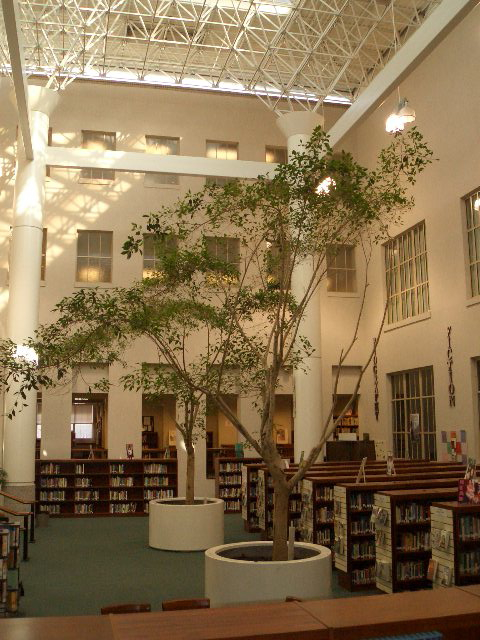|
Varignano Roman Villa
Varignano Roman Villa is an ancient Roman residence located in Varignano, now a frazione of the town of Porto Venere in the province of La Spezia, Italy. Its site is marked by an archaeological museum. History Its first construction phase dates back to the 1st century BCE, primarily consisting of a house surrounded by a farm linked to olive oil production. The site is situated beside the Seno del Varignano Vecchio, overlooking the sea, near the santuario delle Grazie, and to the northeast, the Fortezza del Varignano. Its main area, the ''pars urbana,'' and the productive area, the ''pars fructuaria,'' were separated by a courtyard used for 'torcularium,' where olives were pressed for their oil. The owner's residence was single-story, featuring atria paved with mosaics, living rooms, and bedrooms. The olive oil processing area contained two presses and a 'cella oleario' that were active until the 1st century AD. At that time, olive oil production ceased, and the vilicus In ancie ... [...More Info...] [...Related Items...] OR: [Wikipedia] [Google] [Baidu] |
Ancient Roman
In modern historiography, ancient Rome is the Roman people, Roman civilisation from the founding of Rome, founding of the Italian city of Rome in the 8th century BC to the Fall of the Western Roman Empire, collapse of the Western Roman Empire in the 5th century AD. It encompasses the Roman Kingdom (753–509 BC), the Roman Republic (50927 BC), and the Roman Empire (27 BC476 AD) until the fall of the western empire. Ancient Rome began as an Italic peoples, Italic settlement, traditionally dated to 753 BC, beside the River Tiber in the Italian peninsula. The settlement grew into the city and polity of Rome, and came to control its neighbours through a combination of treaties and military strength. It eventually controlled the Italian Peninsula, assimilating the Greece, Greek culture of southern Italy (Magna Graecia) and the Etruscans, Etruscan culture, and then became the dominant power in the Mediterranean region and parts of Europe. At its hei ... [...More Info...] [...Related Items...] OR: [Wikipedia] [Google] [Baidu] |
Varignano, La Spezia
Porto Venere (; until 1991 ''Portovenere''; ) is a town and ''comune'' (municipality) located on the Ligurian coast of Italy in the province of La Spezia. It comprises the three villages of Fezzano, Le Grazie and Porto Venere, and the three islands of Palmaria, Tino and Tinetto. In 1997 Porto Venere and the villages of Cinque Terre were designated by UNESCO as a World Heritage Site. History The ancient ''Portus Veneris'' is believed to date back to at least the middle of the 1st century BC. It has been said that the name refers to a temple to the goddess Venus which was sited on the promontory where the church of Peter the Apostle now stands. The name has also been linked to that of the hermit Saint Venerius. In Roman times the city was essentially a fishing community. After the fall of the Western Roman Empire, Porto Venere became the base of the Byzantine fleet in the northern Tyrrhenian Sea, but was destroyed by the Lombards in 643 AD. Later, it was a frequent ... [...More Info...] [...Related Items...] OR: [Wikipedia] [Google] [Baidu] |
Frazione
A ''frazione'' (: ''frazioni'') is a type of subdivision of a ''comune'' ('municipality') in Italy, often a small village or hamlet outside the main town. Most ''frazioni'' were created during the Fascist era (1922–1943) as a way to consolidate territorial subdivisions in the country. In the autonomous region of the Aosta Valley, a ''frazione'' is officially called ''hameau'' in French. In South Tyrol, a ''frazione'' is called ''Fraktion'' in German and ''frazion'' in Ladin. Description The term ''frazioni'' refers to the villages or hamlets that often make up a ''comune'' in rural Italian areas. Subdivision of a ''comune'' is optional; some ''comuni'' have no ''frazioni'', but others have several dozen. The ''comune'' usually has the same name of the '' capoluogo'', but not always, in which case it is called a ''comune sparso''. In practice, most ''frazioni'' are small villages or hamlets, occasionally just a clump of houses. Not every hamlet is classified as a ''frazione ... [...More Info...] [...Related Items...] OR: [Wikipedia] [Google] [Baidu] |
Porto Venere
Porto Venere (; until 1991 ''Portovenere''; ) is a town and ''comune'' (municipality) located on the Ligurian coast of Italy in the province of La Spezia. It comprises the three villages of Fezzano, Le Grazie and Porto Venere, and the three islands of Palmaria (island), Palmaria, Tino (island), Tino and Tinetto. In 1997 Porto Venere and the villages of Cinque Terre were designated by UNESCO as a Unesco World Heritage, World Heritage Site. History The ancient ''Portus Veneris'' is believed to date back to at least the middle of the 1st century BC. It has been said that the name refers to a temple to the goddess Venus (mythology), Venus which was sited on the promontory where the church of Peter the Apostle now stands. The name has also been linked to that of the hermit Venerius the Hermit, Saint Venerius. In Roman times the city was essentially a fishing community. After the fall of the Western Roman Empire, Porto Venere became the base of the Byzantine fleet in the norther ... [...More Info...] [...Related Items...] OR: [Wikipedia] [Google] [Baidu] |
La Spezia
La Spezia (, or ; ; , in the local ) is the capital city of the province of La Spezia and is located at the head of the Gulf of La Spezia in the southern part of the Liguria region of Italy. La Spezia is the second-largest city in the Liguria region, after Genoa. Located roughly midway between Genoa and Pisa, on the Ligurian Sea, it is one of the main Italian military and commercial harbours and a major Italian Navy base. A popular seaside resort, it is also a significant railway junction, and is notable for its museums, for the Palio del Golfo rowing race, and for railway and boat links with the Cinque Terre. History La Spezia and its province have been settled since prehistoric times. In ancient Rome, Roman times the most important centre was Luni (Italy), Luni, not far from Sarzana. As the capital of the short-lived Niccolò Fieschi Signoria in the period between 1256 and 1273, La Spezia was inevitably linked with Genoese vicissitudes. After the fall of the Republic of G ... [...More Info...] [...Related Items...] OR: [Wikipedia] [Google] [Baidu] |
Italy
Italy, officially the Italian Republic, is a country in Southern Europe, Southern and Western Europe, Western Europe. It consists of Italian Peninsula, a peninsula that extends into the Mediterranean Sea, with the Alps on its northern land border, as well as List of islands of Italy, nearly 800 islands, notably Sicily and Sardinia. Italy shares land borders with France to the west; Switzerland and Austria to the north; Slovenia to the east; and the two enclaves of Vatican City and San Marino. It is the List of European countries by area, tenth-largest country in Europe by area, covering , and the third-most populous member state of the European Union, with nearly 59 million inhabitants. Italy's capital and List of cities in Italy, largest city is Rome; other major cities include Milan, Naples, Turin, Palermo, Bologna, Florence, Genoa, and Venice. The history of Italy goes back to numerous List of ancient peoples of Italy, Italic peoples—notably including the ancient Romans, ... [...More Info...] [...Related Items...] OR: [Wikipedia] [Google] [Baidu] |
Olive Oil
Olive oil is a vegetable oil obtained by pressing whole olives (the fruit of ''Olea europaea'', a traditional Tree fruit, tree crop of the Mediterranean Basin) and extracting the oil. It is commonly used in cooking for frying foods, as a condiment, or as a salad dressing. It can also be found in some cosmetics, pharmaceuticals, soaps, and fuels for traditional oil lamps. It also has additional uses in some religions. The olive is one of three core food plants in Mediterranean cuisine, with wheat and grapes. Olive trees have been cultivated around the Mediterranean since the 8th millennium BC. In 2022, Spain was the world's largest producer, manufacturing 24% of the world's total. Other large producers were Italy, Greece, and Turkey, collectively accounting for 59% of the global market. The composition of olive oil varies with the cultivar, altitude, time of harvest, and extraction process. It consists mainly of oleic acid (up to 83%), with smaller amounts of other fatty acids ... [...More Info...] [...Related Items...] OR: [Wikipedia] [Google] [Baidu] |
Atrium (architecture)
In architecture, an atrium (: atria or atriums) is a large open-air or skylight-covered space surrounded by a building. Atria were a common feature in Ancient Roman dwellings, providing light and ventilation to the interior. Modern atria, as developed in the late 19th and 20th centuries, are often several stories high, with a glazed roof or large windows, and often located immediately beyond a building's main entrance doors (in the lobby). Atria are a popular design feature because they give their buildings a "feeling of space and light." The atrium has become a key feature of many buildings in recent years. Atria are popular with building users, building designers and building developers. Users like atria because they create a dynamic and stimulating interior that provides shelter from the external environment while maintaining a visual link with that environment. Designers enjoy the opportunity to create new types of spaces in buildings, and developers see atria as prestigi ... [...More Info...] [...Related Items...] OR: [Wikipedia] [Google] [Baidu] |
Mosaic
A mosaic () is a pattern or image made of small regular or irregular pieces of colored stone, glass or ceramic, held in place by plaster/Mortar (masonry), mortar, and covering a surface. Mosaics are often used as floor and wall decoration, and were particularly popular in the Ancient Rome, Ancient Roman world. Mosaic today includes not just murals and pavements, but also artwork, hobby crafts, and industrial and construction forms. Mosaics have a long history, starting in Mesopotamia in the 3rd millennium BC. Pebble mosaics were made in Tiryns in Mycenean civilisation, Mycenean Greece; mosaics with patterns and pictures became widespread in classical times, both in Ancient Greece and Ancient Rome. Early Christian basilicas from the 4th century onwards were decorated with wall and ceiling mosaics. Mosaic art flourished in the Byzantine Empire from the 6th to the 15th centuries; that tradition was adopted by the Norman dynasty, Norman Kingdom of Sicily in the 12th century, by th ... [...More Info...] [...Related Items...] OR: [Wikipedia] [Google] [Baidu] |
Vilicus
In ancient Rome, the ''vilicus'' (, ''epitropos'', or ''oikonomos'') was a manager, supervisor, or overseer. Ausonius in 4th-century Bordeaux writes that his "pretentious" ''vilicus'' preferred to be called by the Greek title ''epitropos''. In the rural economy of early Rome, the ''vilicus'' was a bailiff or farm manager who directly oversaw agricultural labor on the ''villa rustica''. As the Roman economy diversified, the title might be specified as ''vilicus rusticus'' for the traditional agricultural role. The ''vilicus hortorum'' ("of the gardens"), a foreman over the crews that maintained private or imperial gardens or parks in and around the city of Rome, may be seen as a transitional figure showing how the role would have evolved in an urban setting. By the turn of the 1st to the 2nd century AD, the ''vilicus urbanus'' can be found in various supervisory capacities; for example, building superintendent or rent-collector for a landlord, similar to an '' insularius'', an apa ... [...More Info...] [...Related Items...] OR: [Wikipedia] [Google] [Baidu] |
Roman Baths
In ancient Rome, (from Greek , "hot") and (from Greek ) were facilities for bathing. usually refers to the large Roman Empire, imperial public bath, bath complexes, while were smaller-scale facilities, public or private, that existed in great numbers throughout Rome. Most Roman cities had at least one – if not many – such buildings, which were centers not only for bathing, but socializing and reading as well. Bathhouses were also provided for wealthy private Roman villa, villas, domus, town houses, and castra, forts. They were supplied with water from an adjacent river or stream, or within cities by aqueduct (watercourse), aqueduct. The water would be heated by fire then channelled into the caldarium (hot bathing room). The design of baths is discussed by Vitruvius in ''De architectura'(V.10) Terminology '','' '','' '','' and may all be translated as 'bath' or 'baths', though Latin sources distinguish among these terms. or , derived from the Greek language, G ... [...More Info...] [...Related Items...] OR: [Wikipedia] [Google] [Baidu] |
Frigidarium
A ''frigidarium'' is one of the three main bath chambers of a Roman bath or ''thermae'', namely the cold room. It often contains a swimming pool. The succession of bathing activities in the ''thermae'' is not known with certainty, but it is thought that the bather would first go through the '' apodyterium'', where he would undress and store his clothes, and then enter the ''elaeothesium'' or ''unctuarium'' to be anointed with oil. After exercising in a special room or court, he would enjoy the hot room, known as ''calidarium'' or ''caldarium'', then the steam room (a moist '' sudatorium'' or a dry '' laconicum''), where he would most likely scrape the by now grimy oil with the help of a curved metal strigil off his skin, before finally moving to the ''frigidarium'' with its small pool of cold water or sometimes with a large swimming pool (though this, differently from the '' piscina natatoria'', was usually covered). The water could be also kept cold by using snow. The bather wo ... [...More Info...] [...Related Items...] OR: [Wikipedia] [Google] [Baidu] |






